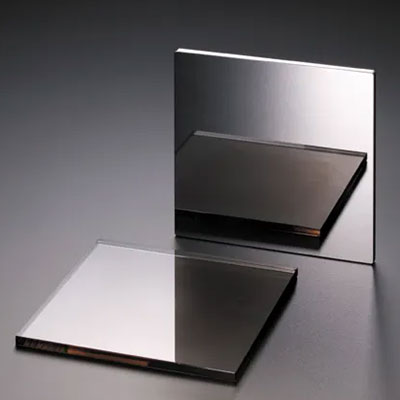What problem does the epitaxial process solve?
It is difficult to meet the needs of the growing variety of semiconductor device production with only bulk single-crystal materials. As a result, the epitaxial growth technique was developed in late 1959 to grow thin layers of single-crystal materials. Then epitaxial technology in the end what specific help to the progress of the material?
For silicon, the beginning of silicon epitaxial growth technology was really a difficult time for silicon high-frequency high-power transistor fabrication.
From the transistor principle, in order to obtain high-frequency high-power, it is necessary to do the collector breakdown voltage to be high, series resistance to be small, that is, the saturation voltage drop to be small. The former requires the collector area material resistivity to be high, while the latter requires the collector area material resistivity to be low, the two provinces contradict each other.
If the collector area material thickness is thinned to reduce the series resistance, it will make the silicon wafer too thin and fragile to process, if you reduce the resistivity of the material, but also contradicts the first requirement, and the development of epitaxial technology has successfully solved this difficulty.
Solution:
In the very low resistance substrate growth of a layer of high resistivity epitaxial layer, device production in the epitaxial layer, so that the high resistivity epitaxial layer to ensure that the tube has a high breakdown voltage, and low-resistance substrate and reduce the resistance of the substrate, thereby reducing the saturation voltage drop, thus resolving the contradiction between the two.
In addition, GaAs and other Ⅲ - V, Ⅱ - VI and other molecular compounds semiconductor materials, gas-phase epitaxy, liquid-phase epitaxy and other epitaxial technology has also been a great development, has become the vast majority of the book of microwave devices, optoelectronic devices, power devices, such as the production of indispensable process technology, in particular molecular beams, metal-organic gas-phase epitaxial technology in the thin-layer, super lattice, quantum wells, strain super lattice, atomic-level The successful application of thin-layer epitaxy has laid a solid foundation for the development of the new field of semiconductor research, "energy band engineering".
7 Skills of Epitaxy Technology
1, High (low) resistance epitaxial layer can be epitaxially grown on low (high) resistance substrate.
2, can epitaxially grow N (P) type epitaxial layer on P (N) type substrate to form PN junction directly without the problem of compensation when making PN junction on single crystal substrate by diffusion method.
3, combined with the mask technology, selective epitaxial growth in the specified area, creating conditions for the production of integrated circuits and devices with special structure.
4, can be in the epitaxial growth process according to the need to change the type of doping and concentration, the concentration of the change can be a steep change or slow change.
5, can grow heterogeneous, multi-layer, multi-component compounds and components of variable ultra-thin layer.
6, can be lower than the melting point temperature of the material for epitaxial growth, growth rate can be controlled, can realize the atomic level size thickness of the epitaxial growth.
7, can grow can not be drawn single crystal materials, such as GaN, three, four element system compounds of single crystal layer.
In a nutshell, the epitaxial layer is easier than the substrate material to obtain a perfect and controllable crystal structure, more conducive to the development of material applications.

